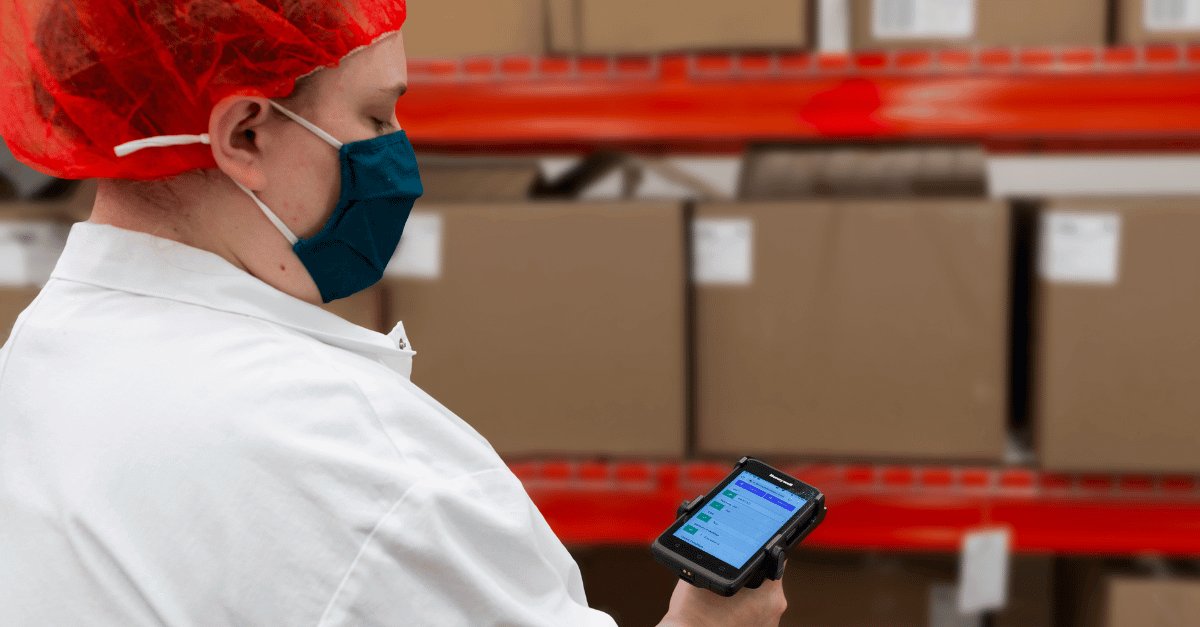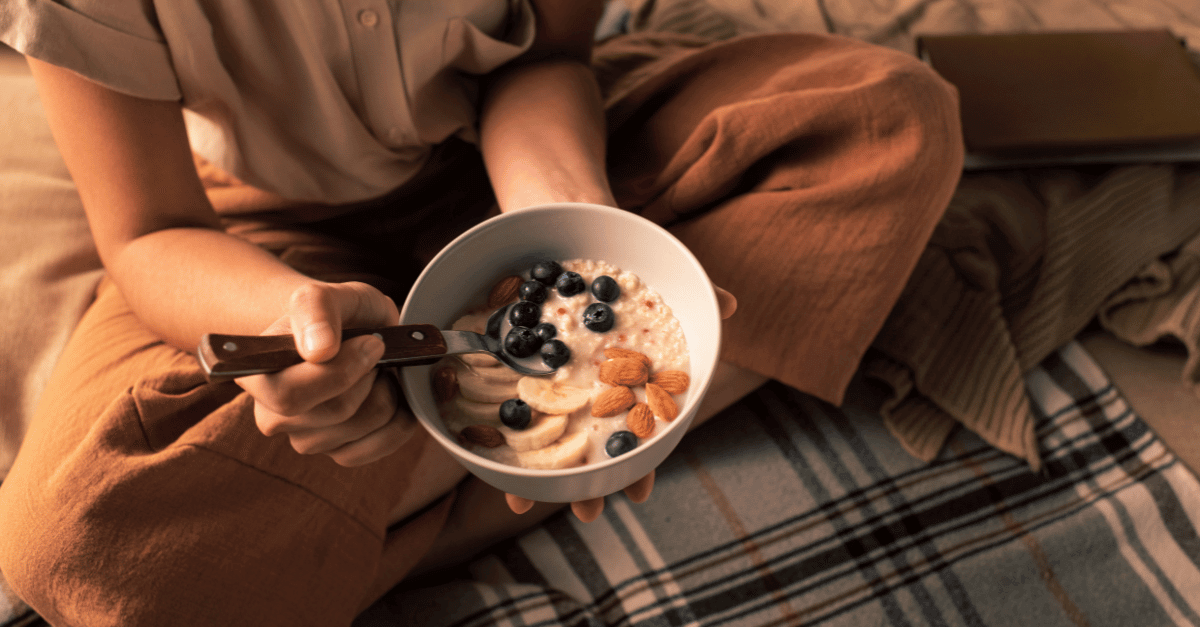The Art of Food Packaging: Design Trends and Sustainability
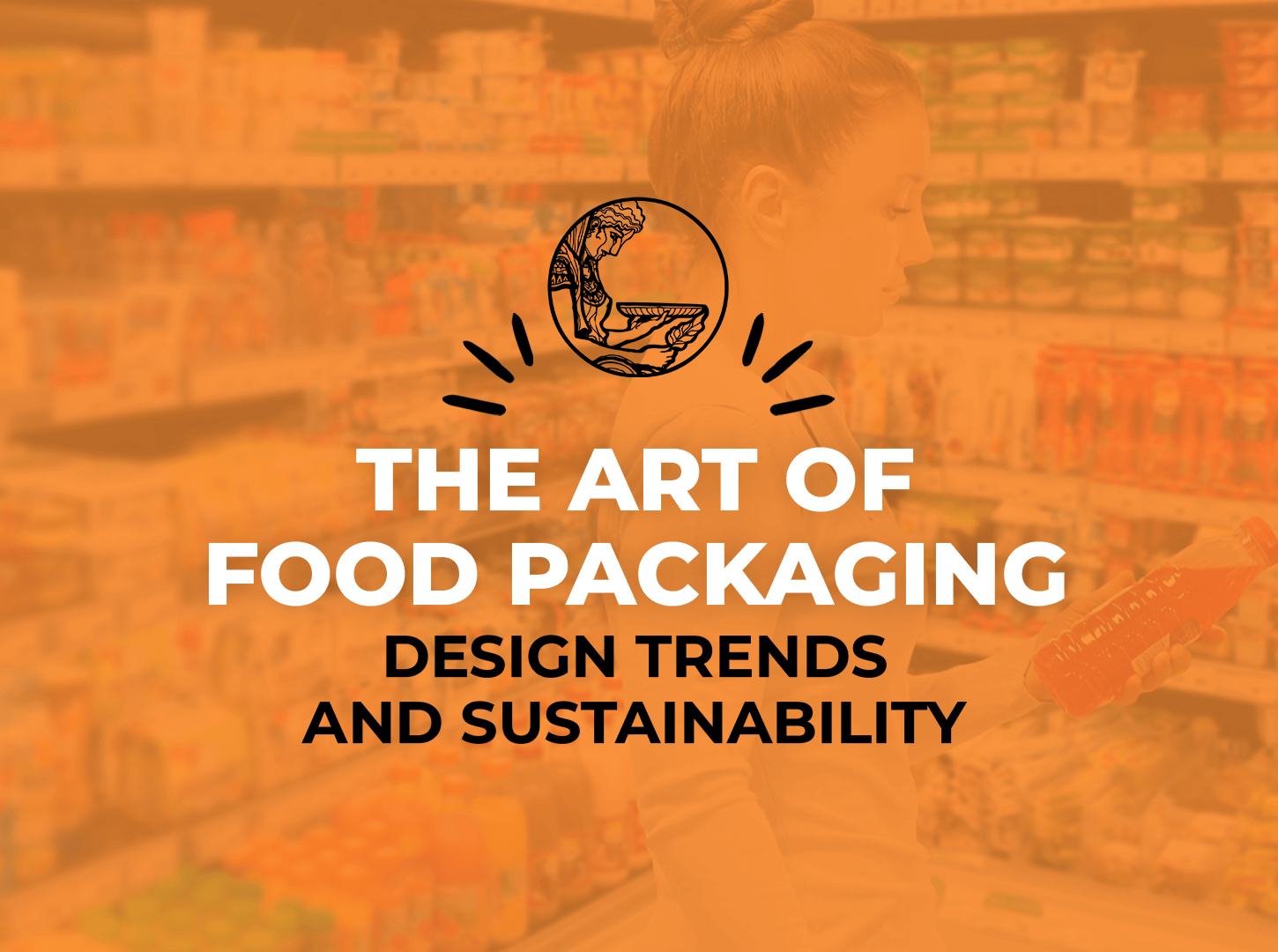
In the world of food and beverage packaging, the art of packaging design has evolved significantly over the years. As consumer preferences change and environmental concerns continue to grow, the packaging industry finds itself at the crossroads of innovation and sustainability.
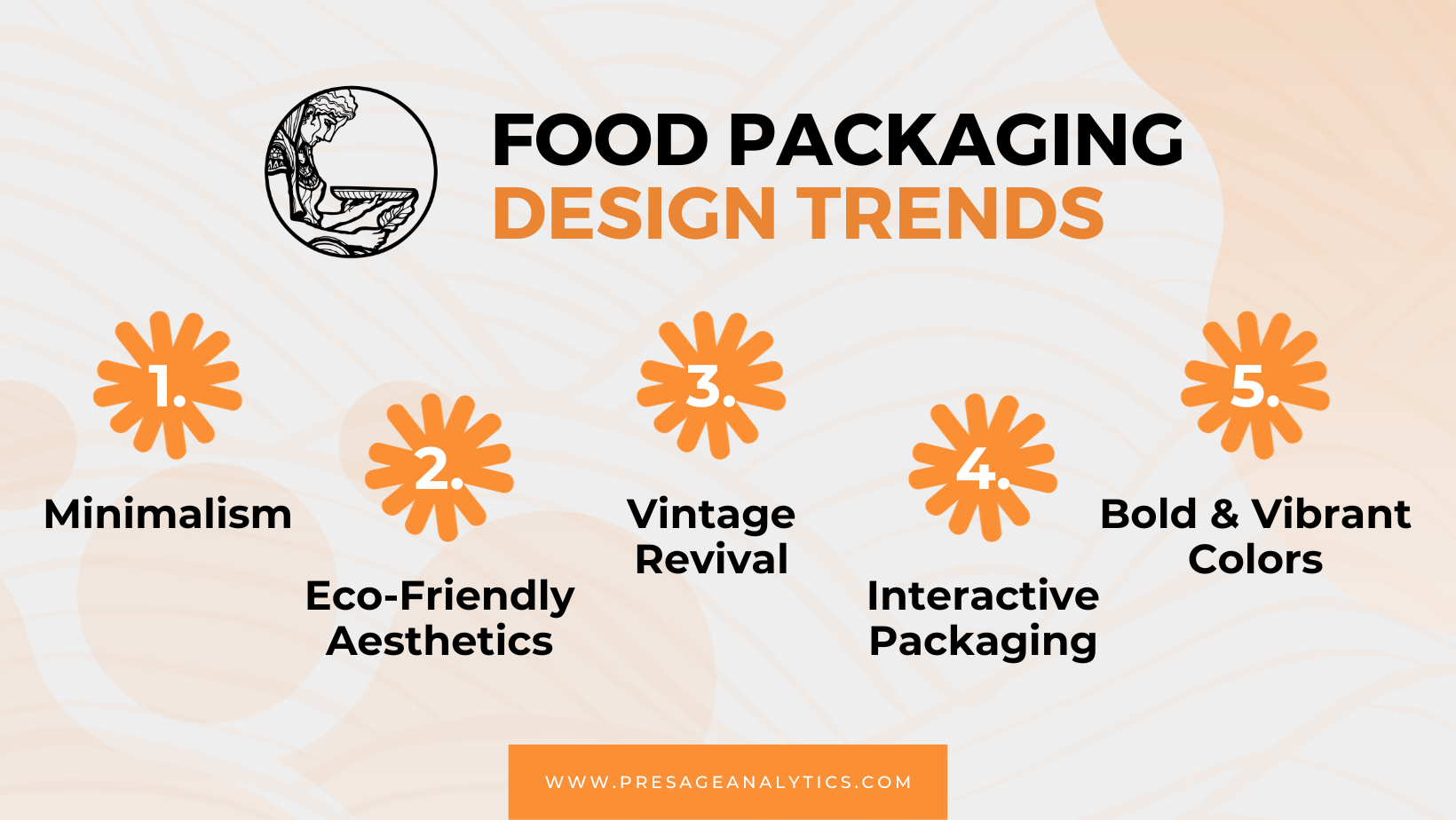
Design Trends in Food Packaging
Effective food packaging serves multiple purposes. It not only protects the product inside but also communicates brand identity and influences consumer purchasing decisions. Here are some of the key design trends that are currently making waves in the food packaging industry:
- Minimalism: Less is more. Minimalist packaging designs are gaining popularity due to their clean and sleek appearance. They often feature simple typography, muted colors, and uncluttered layouts. Minimalist designs convey a sense of sophistication and transparency, aligning with the modern consumer’s desire for clarity and authenticity.
- Eco-Friendly Aesthetics: As sustainability becomes a focal point, many brands are incorporating eco-friendly elements into their packaging designs. This includes the use of earthy colors, natural textures, and recyclable materials. Such designs not only convey a commitment to the environment but also appeal to eco-conscious consumers.
- Vintage Revival: Nostalgia can be a powerful marketing tool. Some brands are revisiting vintage packaging styles to evoke a sense of nostalgia and connect with consumers on an emotional level. Vintage-inspired designs often feature retro fonts, classic illustrations, and a touch of nostalgia that resonates with consumers.
- Interactive Packaging: With the advent of augmented reality (AR) and QR code technology, interactive packaging is on the rise. Brands are using these technologies to provide consumers with additional information, recipes, and engaging experiences when they scan the packaging. This trend not only enhances user engagement but also adds value to the product.
- Bold and Vibrant Colors: Vibrant colors and bold graphics are eye-catching and can make a product stand out on the shelves. These designs often appeal to younger consumers and convey a sense of energy and excitement.
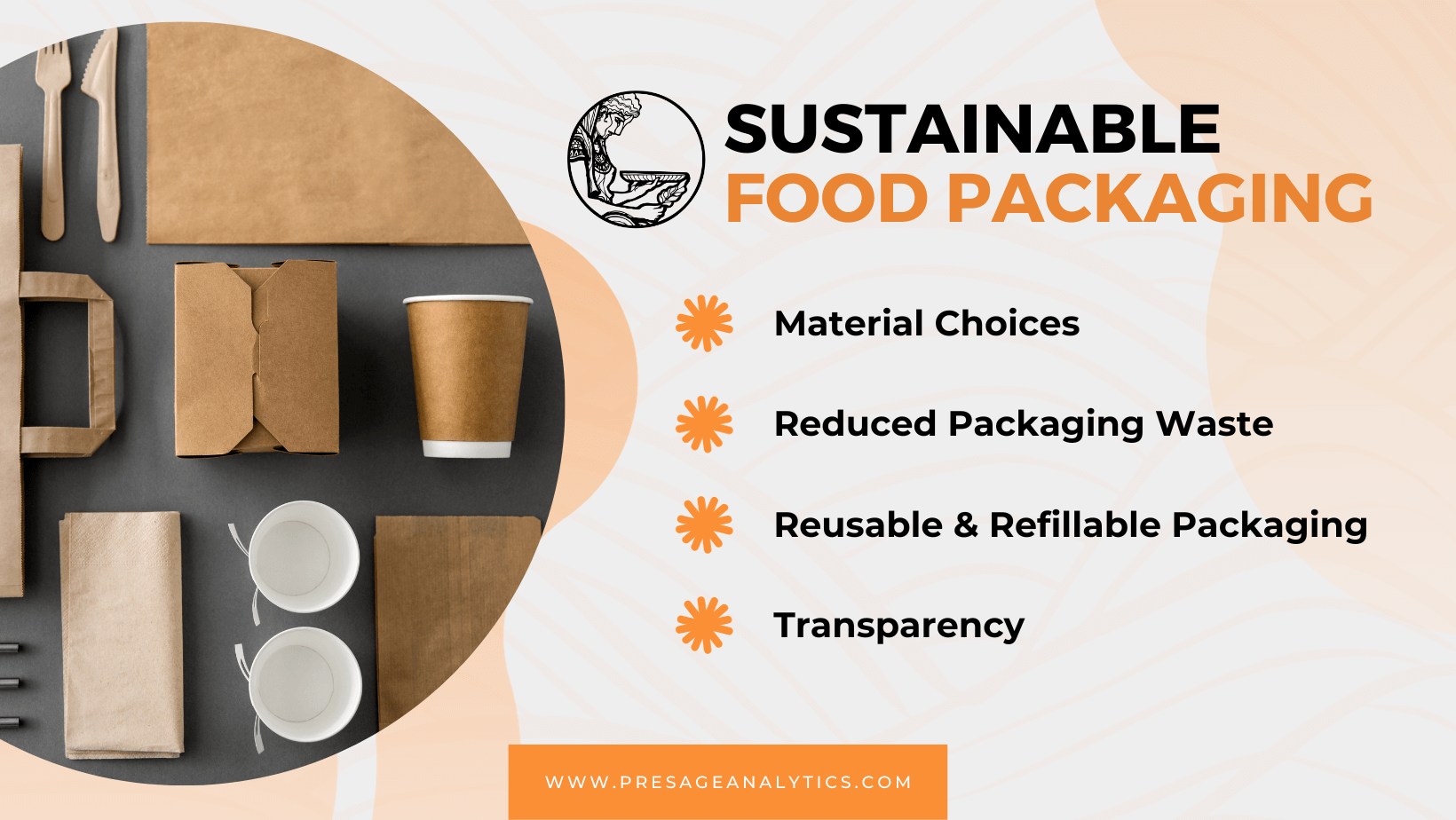
The Sustainability Imperative
While aesthetic trends are important, sustainability has become the cornerstone of responsible packaging design. The food and beverage industry is increasingly focused on reducing its environmental footprint, and packaging plays a crucial role in this endeavor. Here’s how packaging design is aligning with sustainability:
- Material Choices: Sustainable packaging materials like bioplastics, recycled cardboard, and compostable materials are gaining traction. Brands are making conscious choices to reduce plastic usage and explore alternatives that are environmentally friendly.
- Reduced Packaging Waste: Minimalist and eco-friendly packaging designs often result in less waste. Brands are adopting packaging strategies that prioritize product protection while minimizing excess material usage.
- Reusable and Refillable Packaging: Some brands are embracing the concept of reusable and refillable packaging, which encourages customers to return empty containers for refilling. This approach not only reduces packaging waste but also fosters customer loyalty.
- Transparency: Sustainable brands are transparent about their packaging choices, providing consumers with information about materials, recycling instructions, and environmental initiatives. Transparency builds trust and loyalty among environmentally conscious consumers.

Schedule A Demo
At Presage Analytics, our cutting-edge technology empowers food and beverage companies to make informed decisions about their packaging materials and design choices. We invite you to schedule a demo with our experienced sales team to explore how Presage Analytics can help you navigate the intricacies of sustainability, regulations, and more. Our innovative solutions are tailored to meet the unique challenges of the food and beverage industry.



